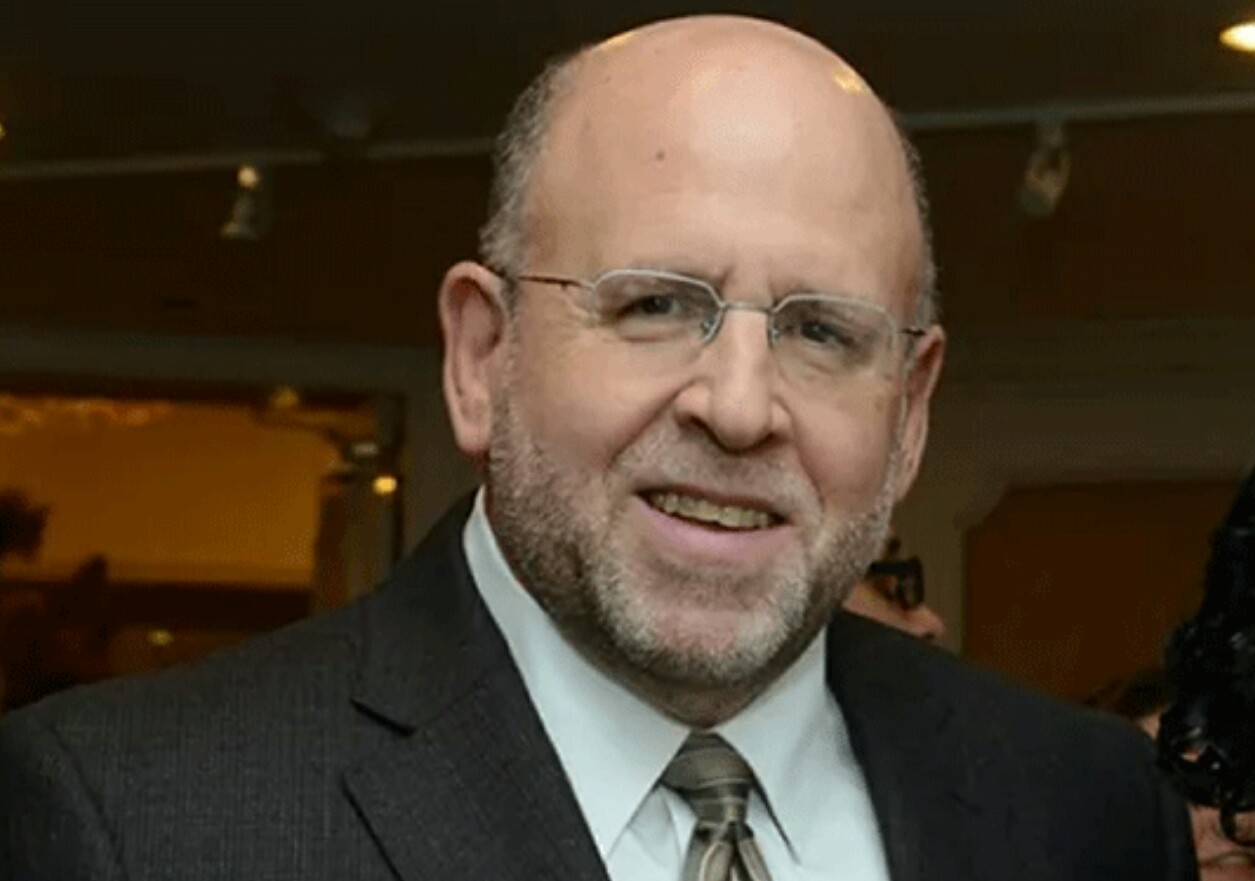Just this past week renewed interest was generated in the migrant children who were separated from their parents at the southern US border in 2017. In scrolling through social media and after a few private conversations, it became clear to me that there is much confusion and misinformation. So, I thought I’d use this space to clear it up for myself.
The Trump administration started separating migrant children from their families as early as 2017 in a “pilot program” that preceded their 2018 “zero tolerance” immigration policy.
This past October 20th, New York Times reporters Julia Ainsley and Jacob Soboroff wrote: “Lawyers appointed by a federal judge to identify migrant families who were separated by the Trump administration say that they have yet to track down the parents of 545 children.”
When asked about the fate of these particular children by moderator Kristen Welker at the Oct. 22 presidential debate in Nashville, Tenn., President Trump responded, “They are so well taken care of, they are in facilities that are so clean.”
The fact is that the Trump administration was warned by the Dept. of Justice, the Department of Health and Human Services and the Department of Homeland Security, that the pilot program set into motion in 2017 was going to have the same disastrous outcome that we have just now learned has become the reality.
It was clear from the start that the lack of an adequate record-keeping system for the pilot program would result in not being able to find these parents once they were separated from their children and deported.
Despite the President’s glowing appraisal of the children’s current care, the American Academy of Pediatrics has categorized what they are going through as “government-sanctioned child abuse”. Physicians for Human Rights went a step further in classifying it as “torture”.
In the book “American Dirt,” a controversial novel by Jeanine Cummins, the protagonist Lydia takes a perilous journey to El Norte with her eight-year-old son Luca after the massacre of much of their family at the hands of a drug cartel.
As they head north, Lydia is thinking that “her son may soon reach the limit of what a resilient child might endure without triggering some permanent internal decay.”
One of the book’s critics Esmeralda Bermudez, who writes for the Los Angeles Times, tweeted, “I am an immigrant. My family fled El Salvador with death pounding on our door. The terror, the loss, the injustice of this experience shaped everything about me. I see no part of myself reflected in [the novel].
Whether you resonate best with Lydia’s apprehensive projection about her son’s future or Bermudez’s terrifying first-hand experience, they both speak to the sense of dread that that the trek north brings to all who make it, before even crossing over the border into mainland U.S.
Now, imagine reaching your destination with a child, only to have her ripped from your arms by government agents who then deport you back to where you know you will face mortal danger, and having to leave your child behind with not so much as an official request for your contact information. This is precisely what happened
What we know is that when we fail to protect children who have suffered adverse childhood experiences, we condemn them to a life of unending hardship, traumatic grief, poor health, possible incarceration, and early death.
The country I thought I knew better would never do such a thing. But it has.
Andrew Malekoff
Andrew Malekoff is a New York State licensed clinical social worker



